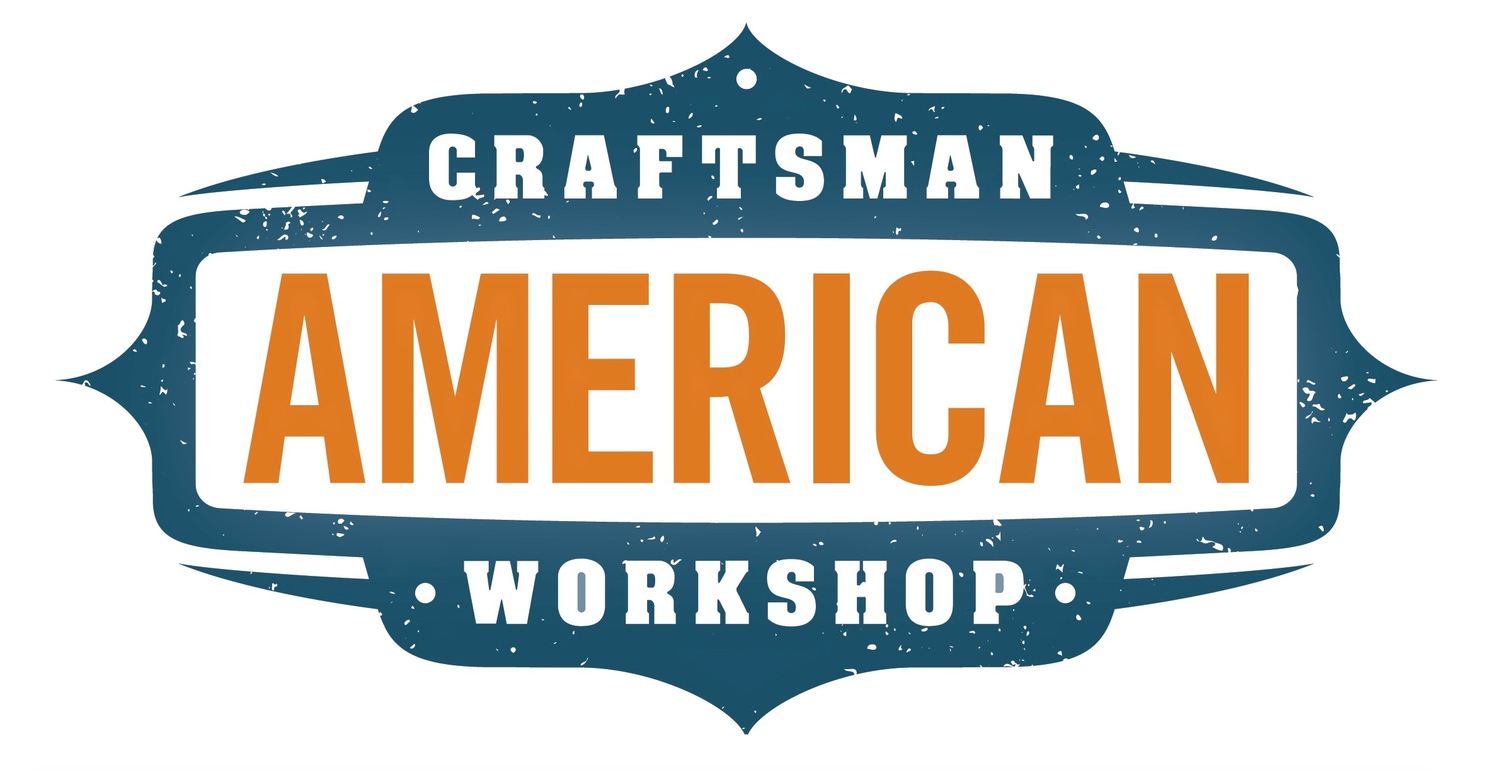Choices, Choices - Do It Yourself Or Sub It Out?
/To Do Or Not To Do?
That is the question. Whether 'tis nobler in the mind of the craftsman to do all the work himself, or to suffer the slings and arrows of critics for subcontracting some of the labor burden to others.
This situation may be more specific to me as a business, but the principle can be applied to everyone. As I was bidding on my current project, a rustic office, I was faced with the decision of what to do about milling the beams? Is this something that I should do or pay someone else to do it for me?
As a remodeling contractor I am faced with this decision on every project. How much of the work should I do myself and how much should I hire out? Plumbing and electrical issues are easy to decide, Montana State regulations and my liability insurance won't allow me to handle these. But most all other facets of the trade are open to being done at my discretion.
I determined that I needed to cut each of the beams into quarters for the full length. I have the equipment necessary to do the job and I could hire someone for the day to help me handle the material.
To make a good decision, I realized that I needed to become better acquainted with the material. To do this, I took some small beam sections and did a practice run milling them on my equipment.
 Milling Beams On Bandsaw
Milling Beams On Bandsaw
I had never milled anything this rough and unwieldy on my bandsaw. I snapped a chalkline down the center line of the beam and cut it in half with great results. Next I shaved the sides open with an equally impressive result.
 Pealing open the sides of the beam.
Pealing open the sides of the beam.
After cutting them open on the bandsaw I finished processing them on the planer and then squaring them up on the jointer.
 Sending beams through the 15" planer.
Sending beams through the 15" planer. Squaring up on the jointer.
Squaring up on the jointer.
When I was completely finished I had milled open three beams at 44", 30", and 22" long and they looked great. It was exactly the stock that I was hoping for.
 Resawn, planed, and squared.
Resawn, planed, and squared.
Collecting The Data & Making A Decision
As I milled the beams there were various types of information that I was looking for. I tracked my time, observed the handling characteristics of the material, the capabilities of my equipment, and included the clean up as well.
I determined that I could well handle the smaller beam sections, but an 8' or 9' beam might be a bit difficult. I could control a short piece for straight cuts down the middle and shaving open the sides, but probably not so effectively on a long one.
Sending the pieces through the planer and jointer was a bit of skewed data. I determined that I would actually be cutting the beams into quarters, not just in half as I did with these sections. The quarters would be more easily handled than the half beam sections.
My equipment seemed capable of handling the weight of the material, but it sure was tough on the knives and blades. The pitch and the dirt trapped in the beams was really hard on all of the cutting edges. It took forever to clean up the mess on the equipment and in the shop.
By tracking my time I was able to figure out how many man hours I would have wrapped up in the rough mill process. This time has to include everything from getting it in the shop, set up, milling, through the clean up.
There was a certain point that I realized my shop and equipment would best handle the material. I had determined that point was after the rough millwork was done by another shop.
The local shop that I used had an old Delta bandsaw that must have stood 8' tall. It had a 3-phase power feeder that looked like it could pull a semi truck. All that I had to do was drop off the beams and pick up the rough milled stock.
Saving my equipment from the abuse combined with the convenience factor made the decision a no-brainer. I subbed out the rough milling.
 Rough milled beams from local mill shop.
Rough milled beams from local mill shop.
The Lesson Here
Just because you can doesn't mean you should.
Everybody will have a different set of parameters by which they make personal decisions on what they can or can't do in the shop. I hope that with sharing my experience you may be able to make better decisions in your own shop.
That is all for now. Be sure to stop back often.
Your friend in the shop - Todd A. Clippinger
Share the Love ~ Share the Knowledge













